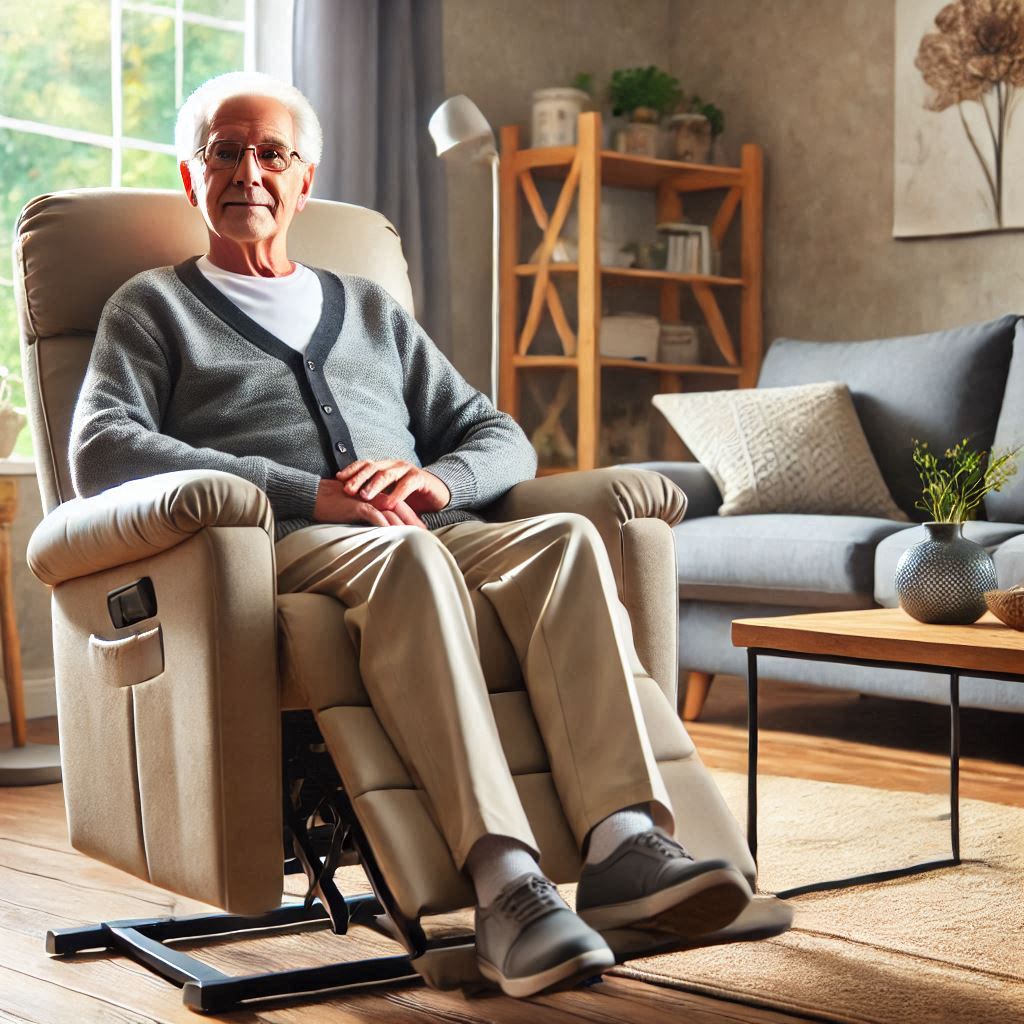
Maintaining and Cleaning Your Riser Reclining Armchair: A Guide for UK Homes
A riser reclining armchair is a significant investment in your comfort and independence. To ensure its longevity and maintain its pristine condition, regular cleaning and maintenance are essential. This article provides a comprehensive guide for UK users on how to properly care for their riser reclining armchairs, offering practical tips and advice to keep them looking and functioning their best.
Regular Maintenance: Ensuring Longevity and Functionality
Consistent maintenance is key to preventing premature wear and tear and ensuring your chair operates smoothly.
- Check the Mechanisms: Regularly inspect the motor mechanisms, cables, and remote control for any signs of damage or wear. Ensure all connections are secure and that the chair operates smoothly through its full range of motion.
- Lubrication: Occasionally, the moving parts of the chair may require lubrication. Consult the manufacturer’s instructions for recommended lubricants and application procedures.
- Inspect the Upholstery: Regularly check the upholstery for any signs of damage, such as tears, fraying, or loose stitching. Address any issues promptly to prevent further damage.
- Test the Safety Features: Periodically test the safety features of your chair, such as the anti-crush mechanism and backup battery power (if applicable), to ensure they are functioning correctly.
- Keep it Dust-Free: Dust can accumulate in the moving parts of the chair, potentially affecting its performance. Regularly vacuum or wipe down the chair to remove dust and debris.
Cleaning Your Riser Reclining Armchair: Maintaining Hygiene and Appearance
The frequency and method of cleaning will depend on the type of upholstery and the level of use.
General Cleaning Tips:
- Vacuum Regularly: Use a soft brush attachment on your vacuum cleaner to remove dust, crumbs, and pet hair from the upholstery and crevices of the chair.
- Spot Cleaning: Address spills and stains promptly to prevent them from setting. Use a clean, damp cloth to blot the affected area. Avoid rubbing, as this can spread the stain.
- Follow Manufacturer’s Instructions: Always refer to the manufacturer’s cleaning instructions for your specific upholstery type. Different fabrics require different cleaning methods.
Cleaning Specific Upholstery Types:
- Woven Fabrics (Chenille, Tapestry, Microfibre):
- For general cleaning, use a mild detergent solution and a clean, damp cloth.
- For deeper cleaning, consider using a fabric cleaner specifically designed for upholstery.
- Always test any cleaning solution on an inconspicuous area first.
- For chenille and tapestry, professional cleaning may be required for stubborn stains.
- Leather and Faux Leather:
- Wipe down the surface with a damp cloth or leather cleaner.
- Avoid using harsh chemicals or abrasive cleaners.
- Condition genuine leather regularly to prevent cracking.
- Faux leather is generally easier to clean and requires less maintenance.
- Velvet:
- Gently vacuum the surface with a soft brush attachment.
- For spot cleaning, use a damp cloth and blot gently.
- Professional cleaning is recommended for deeper cleaning or stubborn stains.
- Waterproof and Stain-Resistant Fabrics:
- Wipe down the surface with a damp cloth or mild detergent solution.
- These fabrics are designed to repel liquids, making them easy to clean.
Dealing with Specific Stains:
- Liquid Spills: Blot the spill immediately with a clean, dry cloth. If the stain persists, use a mild detergent solution.
- Food Stains: Remove any solid food particles and then blot the stain with a damp cloth. If the stain persists, use a mild detergent solution.
- Pet Stains: Use a pet stain remover specifically designed for upholstery.
- Ink Stains: Blot the stain with a clean cloth dampened with rubbing alcohol.
Additional Tips and Advice:
- Protective Covers: Consider using protective covers to prevent spills and stains.
- Professional Cleaning: For deep cleaning or stubborn stains, consider hiring a professional upholstery cleaning service.
- Avoid Harsh Chemicals: Never use harsh chemicals or abrasive cleaners on your riser recliner, as they can damage the upholstery.
- Ventilation: Ensure adequate ventilation when cleaning the chair to allow the upholstery to dry thoroughly.
- UK Specific Considerations:
- When purchasing cleaning products, ensure they are suitable for use on upholstery and comply with UK safety standards.
- If you have a qualifying medical condition, you may be eligible for VAT exemption on cleaning products specifically designed for mobility aids.
By following these tips and advice, you can keep your riser reclining armchair looking and functioning its best, ensuring years of comfort and enjoyment. Regular maintenance and proper cleaning will not only prolong the life of your chair but also maintain a hygienic and comfortable environment in your UK home.




